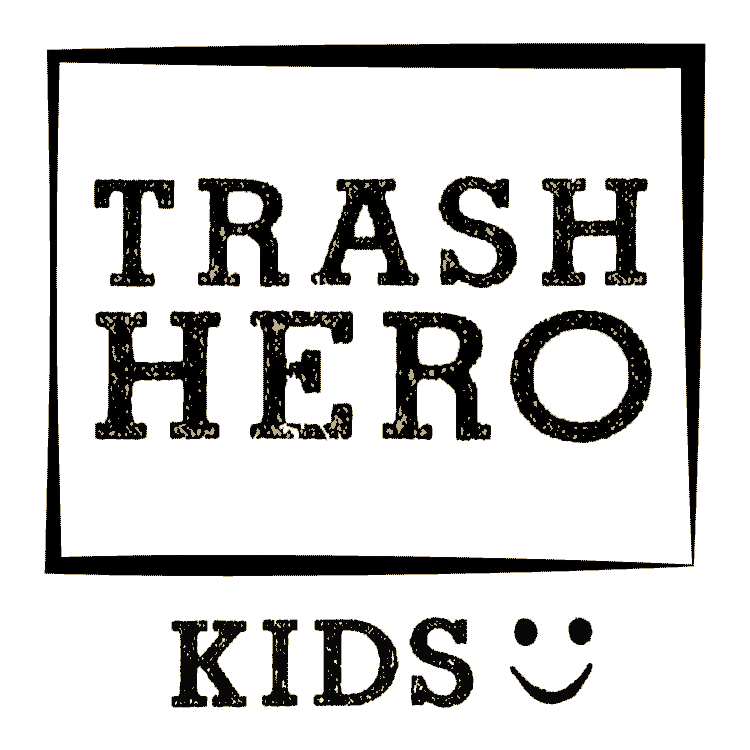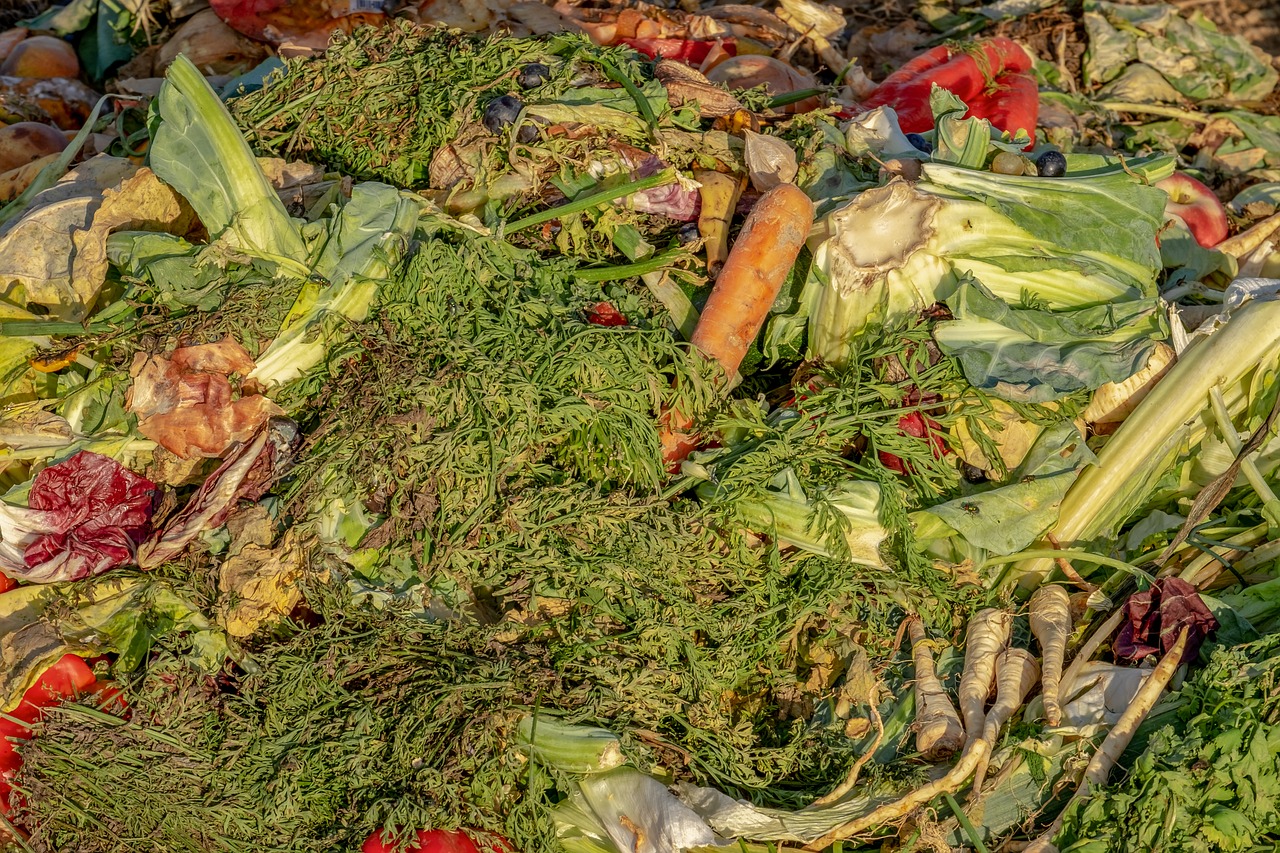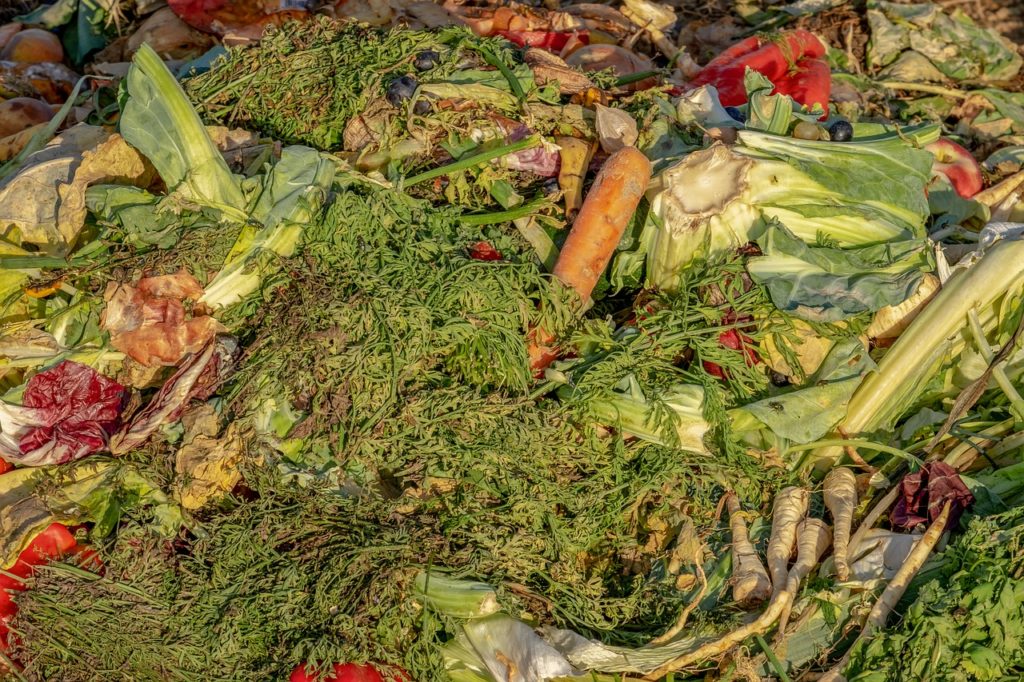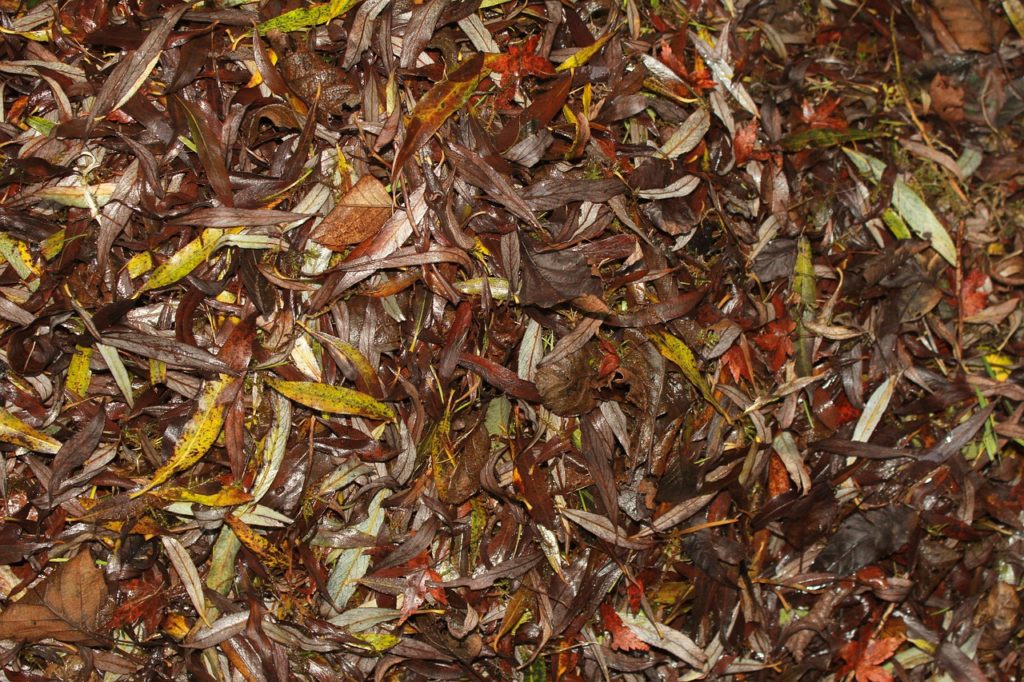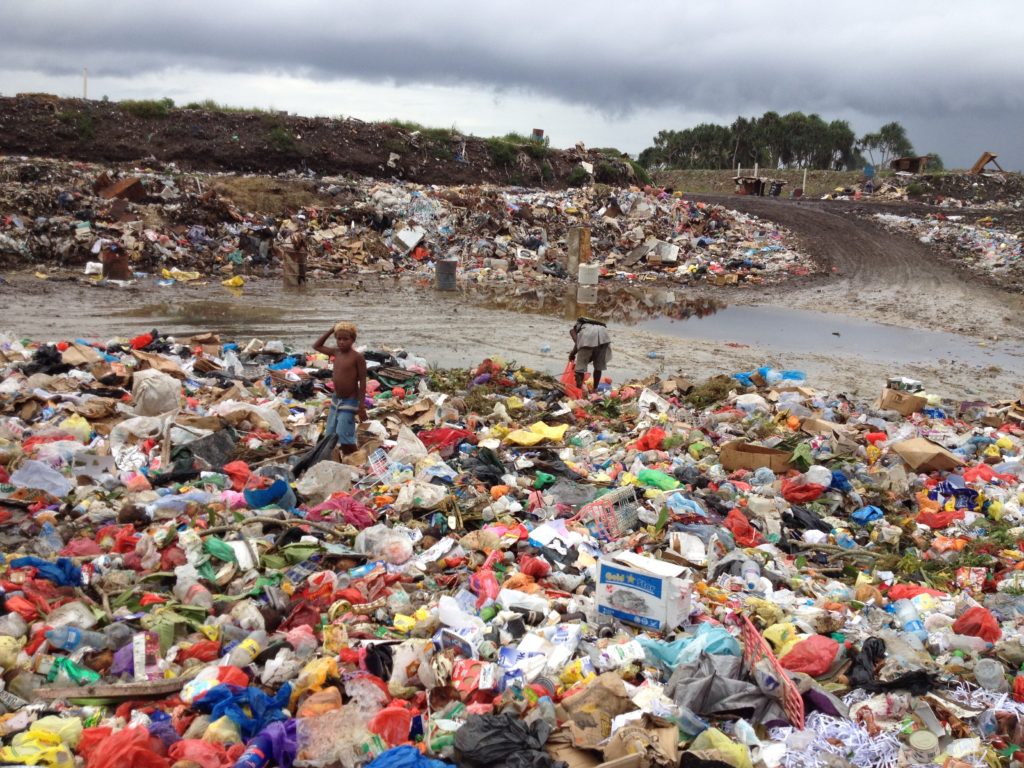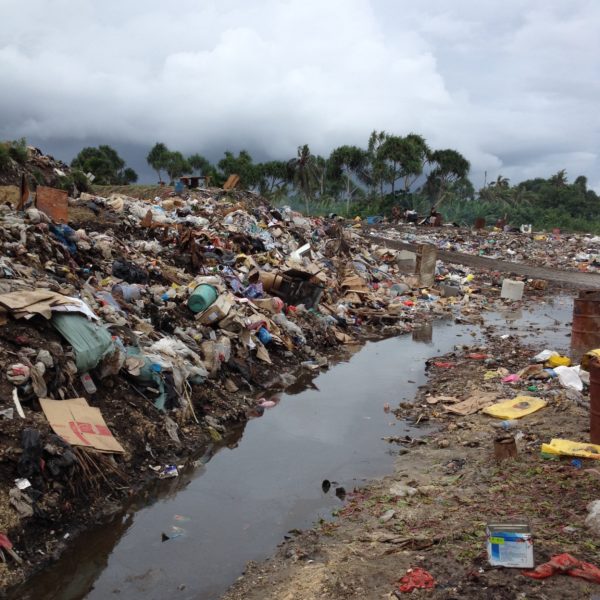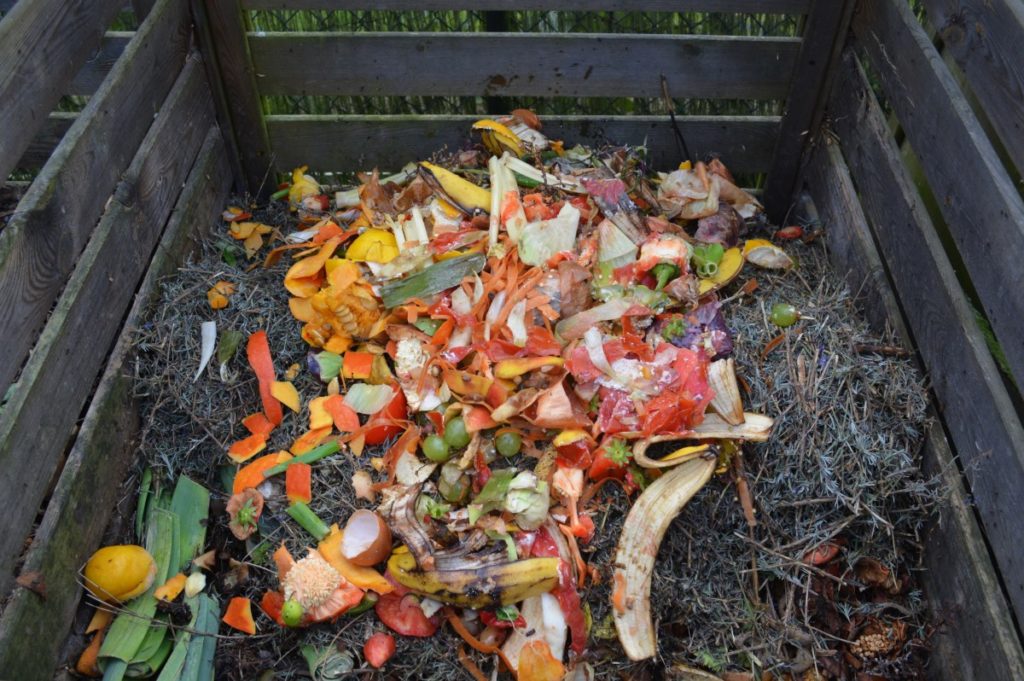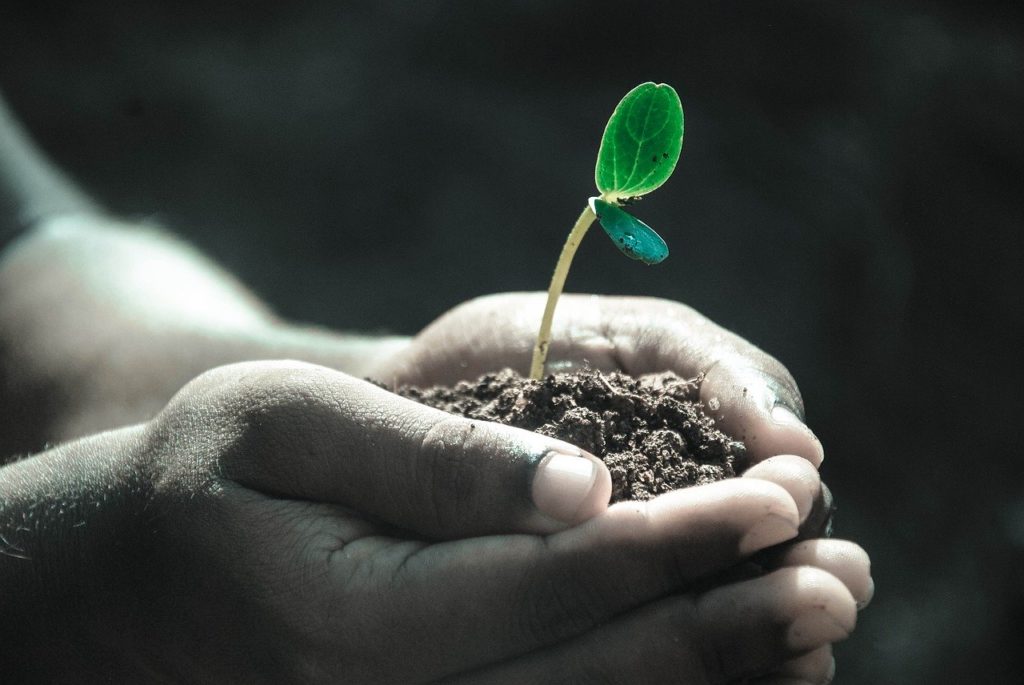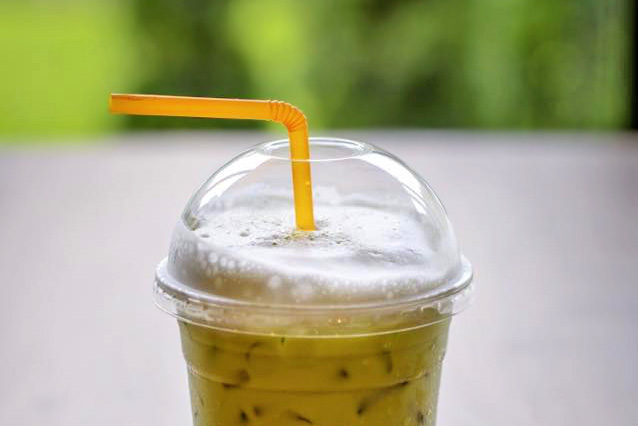Learn how a waste diary can help you reduce the plastic you use.
So many things we buy come wrapped in plastic. We usually rip the packaging open, throw it away and forget about it. We feel sure someone else will take care of it. But is this true? Who really wants this plastic when we’re finished with it? The answer is often: no one! Most plastic can’t be reused or recycled.
So where does it go?
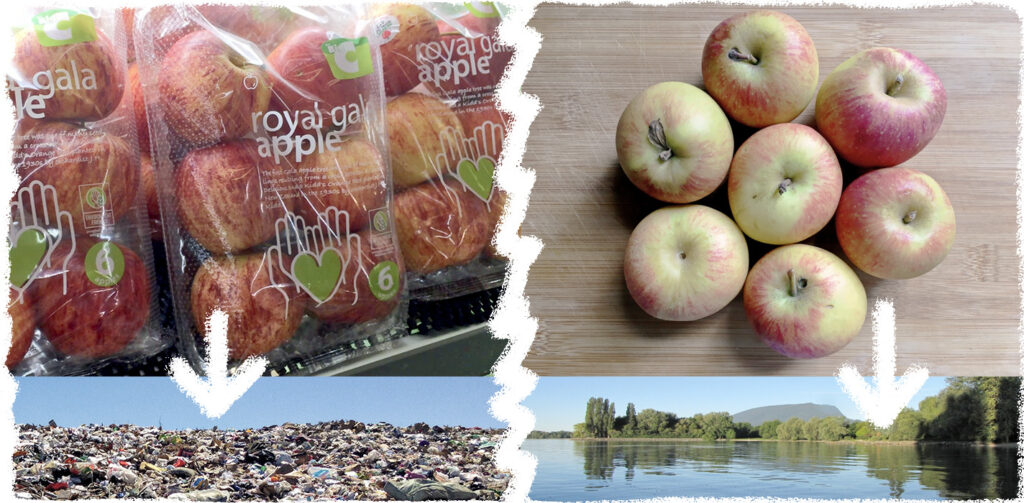
Apples are natural and will biodegrade easily – unless they are wrapped in plastic. Which ones would you choose?
Depending on where you live, the plastic might find its way into the waterways and oceans. Or it could get burned or put in a big dump. It might even be sent on a journey around the world, looking for some other country where they will take it.
None of these is a good solution: whenever and wherever it ends up in nature, plastic is pollution.
As Trash Heroes we always try to reduce the amount of plastic pollution we create. So are you ready to join us and count down the pieces of plastic you throw away?

Plastic straws? Going … going … GONE!
We’re going to make something called a “waste diary”. This means we record how many different pieces of plastic we put in the bin every day for one week (or more). You can do this at home or in your class at school. There are five easy steps to follow. Check them out below!
1. COLLECT
First, take a separate bin or container. Then, instead of putting your plastic rubbish in the normal or recycling bin, start collecting it in here. Clean the plastic first if it has food on it. You might have things like yoghurt pots, drink bottles, fruit and vegetable trays, straws, soft plastic bags or wrappers.
2. RECORD
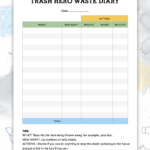 Then, print out the diary sheet on the left (or make your own!) and, at the end of every day, write down the type and number of items you have collected. You can also add up the total number of items you have collected that day. For younger kids, there is a more simple version of the sheet here.
Then, print out the diary sheet on the left (or make your own!) and, at the end of every day, write down the type and number of items you have collected. You can also add up the total number of items you have collected that day. For younger kids, there is a more simple version of the sheet here.
3. DISCUSS
When you’re done, answer these questions together with your family or your class.
Is there anything on your list that can be REDUCED?
Some ways to reduce include:
- buy the same thing in better or no packaging (example: apples)
- buy a different thing in better or no packaging (example: switch from plastic wrapped sweets to chocolate bars wrapped in paper and foil)
- don’t buy it at all! (example: give up bottled water and drink tap water if possible)
- switch to reusables (example: use a cloth shopping bag instead of a plastic one)
- buy one big pack of something and refill a smaller container as needed
Is there anything on your list that can be REUSED?
For example:
- plastic paper clips
- pens and pencils (can sometimes be refilled)
- food containers or ziploc bags (can be sometimes be washed and reused)
- anything that could be repaired or upcycled
- anything that could be donated to someone else instead of being thrown away
Is there anything that can be RECYCLED in your area?
Note: if something is labelled “recyclable”, it does not mean it will be recycled. This can be a bit confusing. There are many different types of plastic and each one is treated differently when it comes to recycling. You should check with an adult which types of plastic it is possible to recycle in your area.
4. TIDY UP
Lastly, tidy it all up. Remember to do a final sort of the plastic so things that can be reused or recycled are not thrown away!
5. COUNT IT DOWN!
The next day, start all over again and try to make your total number of pieces LESS than the day before, by checking what you can reduce or reuse. If you get to an empty plastic bin, congratulations! You are now an official zero waste family or school! 💛💛💛
read more

